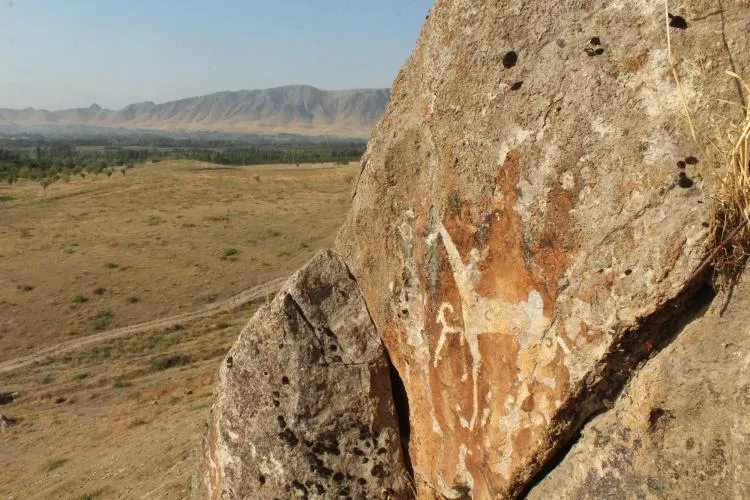Scientists Turn to Human Skeletons to Explore the Origins of Horseback Riding
Friday, 20 September 2024, 12:49

Exploring the Origins of Horseback Riding
Scientists turn to human skeletons to examine the origins of horseback riding. This comprehensive study reevaluates the traditional Kurgan hypothesis, suggesting that human remains may reveal more than previously thought.
Key Findings
- New Evidence: Analysis of human skeletons indicates various methods of horse domestication.
- Challenging Established Theories: The Kurgan hypothesis faces scrutiny based on recent discoveries.
- Impact on Archaeology: This research may reshape our understanding of early human societies.
This article was prepared using information from open sources in accordance with the principles of Ethical Policy. The editorial team is not responsible for absolute accuracy, as it relies on data from the sources referenced.